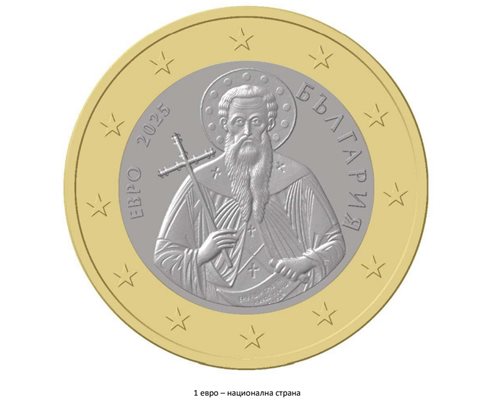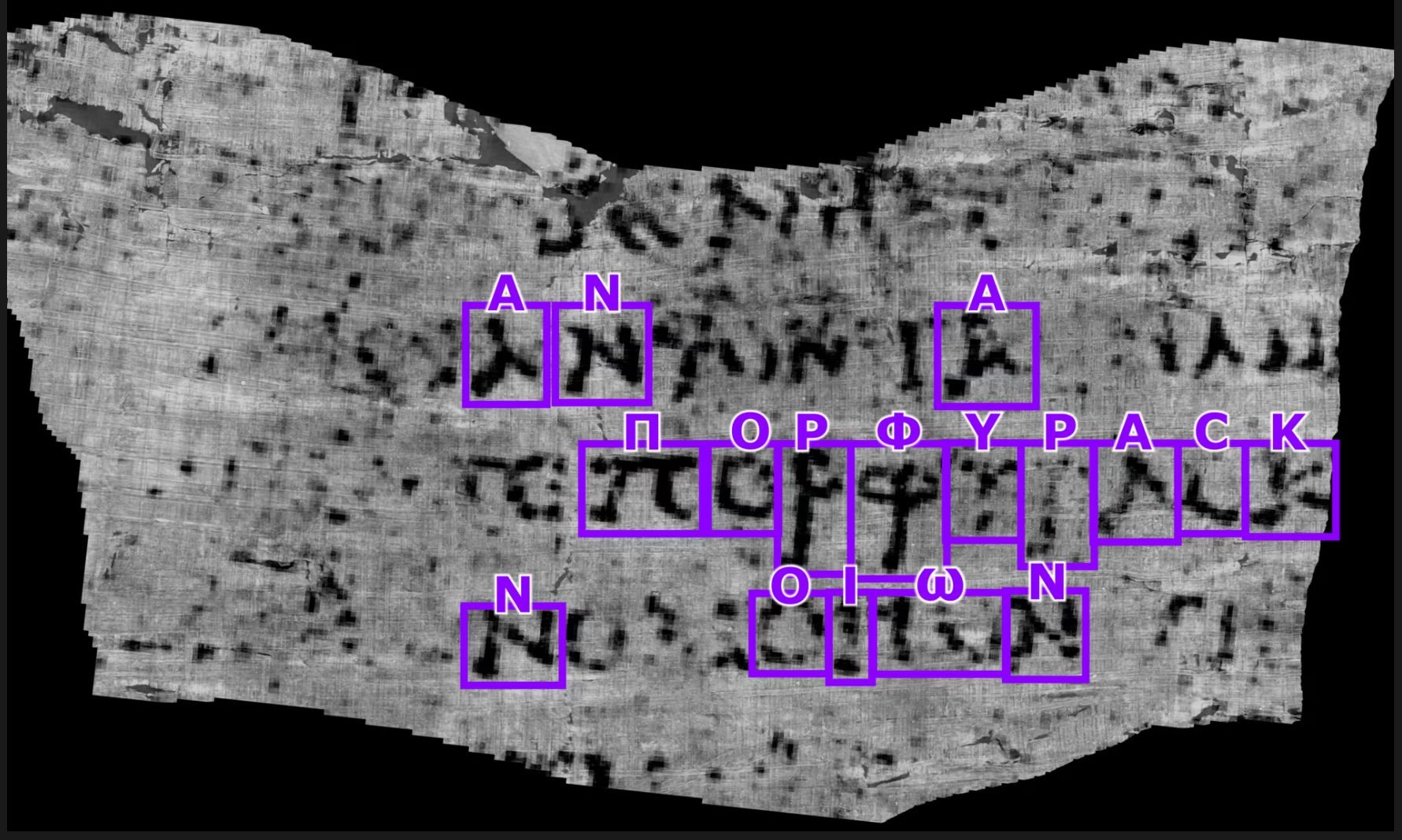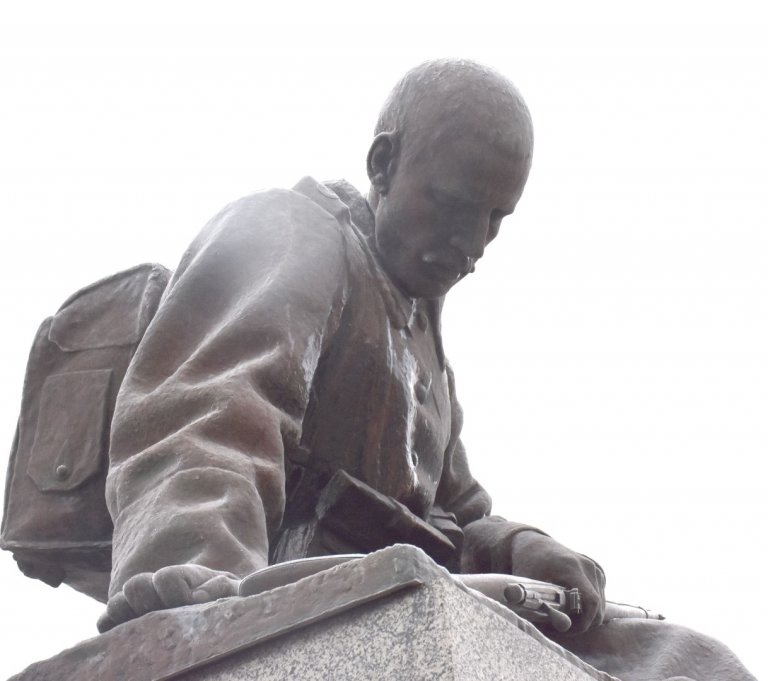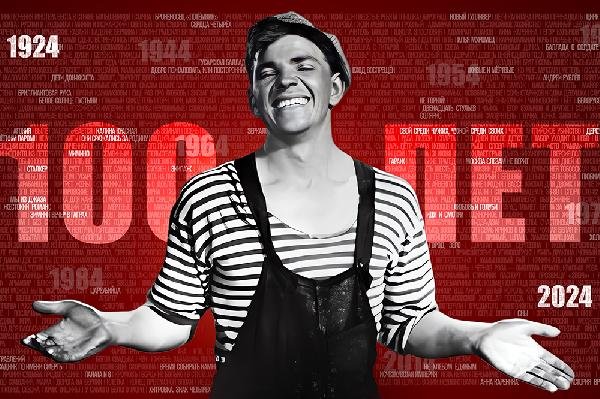The Bulgarian National Bank (BNB) has officially announced that it has completed the process of coordinating and approving the design of the Bulgarian euro coins. The final step in this process involved the approval of the EU Council, which was received earlier this month. All EU member states have approved the design of the Bulgarian euro coins, the central bank announced. Thus, the BNB completes another step that the institution takes in preparing for the country’s full membership in the Eurozone.
The production of 8 nominal Bulgarian euro coins up to 1 million pieces has started, and the quantities required for circulation will be cut after the EU’s decision on our acceptance into the Eurozone. On their front side are the common symbols of the European currency, and on the national side they will reproduce the design of the Bulgarian cents.
At the suggestion of the Governing Council of the BNB, the design of the current exchange coins was reproduced on the national side of the Bulgarian euro coins. Thus, the Horseman from Madara will be on coins of 1, 2, 5, 10, 20 and 50 Euro cents, St. Ivan Rilski (St. John of Rila) will adorn a 1-euro coin, and the face of Paisii Hilendarski – on a 2-euro coin. The reasons for this were that the symbols on the current Bulgarian exchange coins were established and well accepted by the citizens. This will ensure continuity from the current to the new euro coins in Bulgaria and their easy recognition, while at the same time the Bulgarian identity will be confirmed and continued through the familiar symbols of the Bulgarian coins.
The deputy governor of the BNB, Andrey Gyurov, who is the head of the “Emissions” department, explained to the Bulgarian Telegraph Agency (BTA) that this is how the program for the minting of Bulgarian euro coins is implemented.
“This is another step in the process of Bulgaria joining the Eurozone. With the approval received from the Council of the EU, the BNB will be able to mint 1 million pieces of all denominations (1, 2, 5, 10, 20, 50 euro cents and 1 and €2, note ed.). We are already running the program for this trial strike, which includes various stages. One such is the provision of the blanks for the euro coins, which has already been passed and they have been ordered. Now these blanks are to arrive in the Mint of the BNB and start minting the coins,” Gyurov pointed out.
“After they have been minted in the trial circulations, they must be certified by the European Central Bank. Receiving such a certificate for “Moneten Dvor” EAD will mean that we can start minting the rest of the euro coins as well. In total, about 800 million coins will must be issued, and this will start after our country is officially approved for joining the Eurozone,” Gyurov emphasized.
Photo: Bulgarian National Bank














